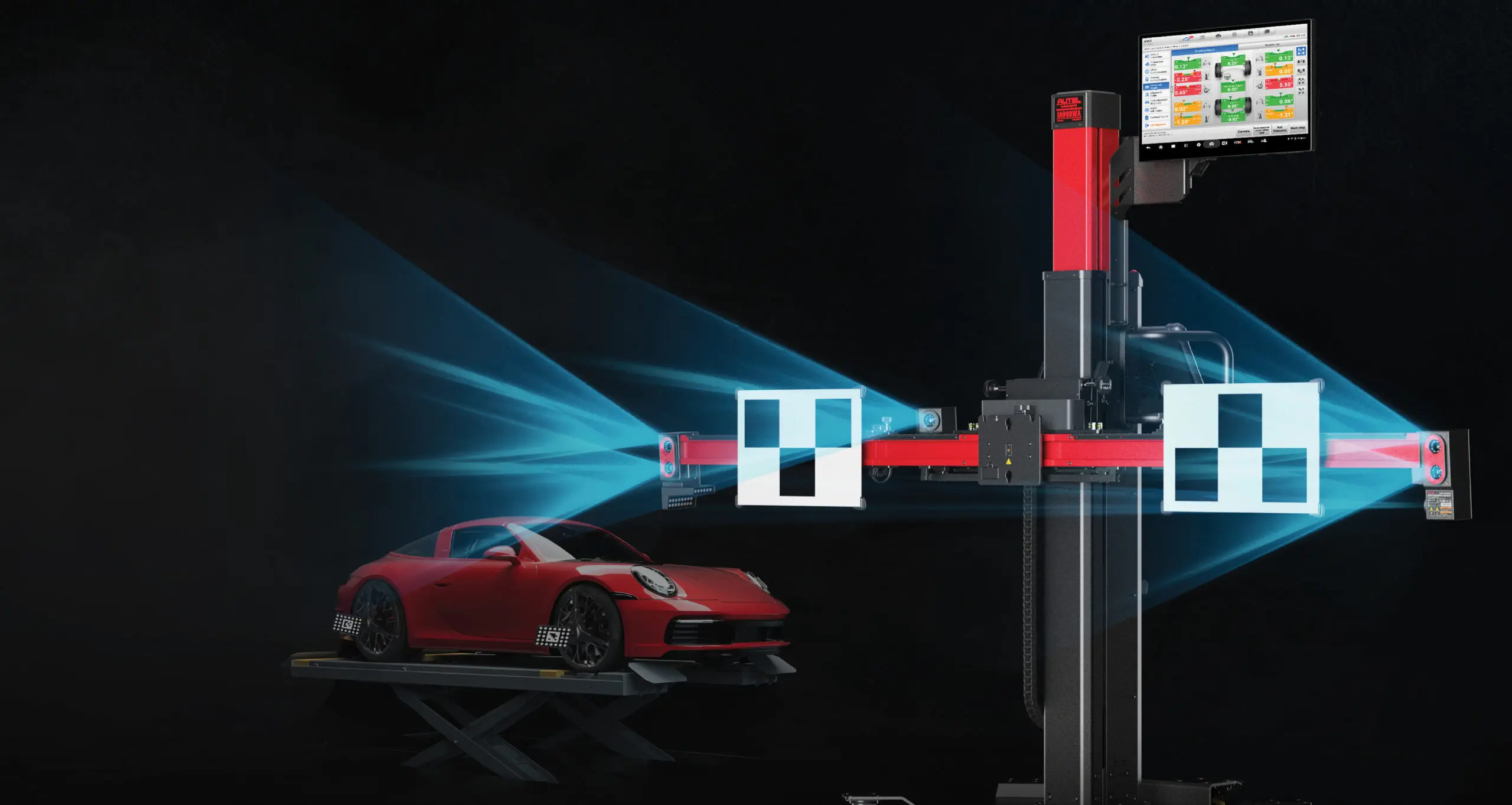The Rise of Subscription Models in Car Ownership
Tags: CarLeasing, CarSubscription, MobilityAsAService, SubscriptionEconomy, VehicleOwnership

As an alternative to owning a car, services that rent vehicles for subscription plans are becoming an attractive option. This type of car contract offers more benefits than leasing – as long as you pay one monthly fee you can enjoy a stress-free service including road insurance and maintenance.
But companies keen to profit from this mania need to better understand consumer behaviour – and that, in turn, requires agile, information-driven processes capable of monitoring third-party expenses as they shift on the fly.
Cost
Consumers may not wish to subscribe to features that merely go beyond standard functionality, so if automakers want to pursue subscription models, they will need to do one of two things: either reduce the price of vehicles, or be choosy about the features that they want to enter into subscription contracts, features that aren’t nickel-and-dime-ary, but actually offer value to consumers.
OEMs, too, can sell options after the car rolls off the lot, or market them using the model – and thus derive revenue over the car’s life cycle, rather than sell it just once as it leaves the lot. But new marketing and economic benefits will also flow in new directions.
Subscription models tend to entail a higher level of customer service, and may involve higher costs for the business both to maintain and to enhance – clearly an investment but one that can pay off handsomely in the establishment of more sustainable business models, and also in the customer groups that the company wishes to draw to its services – especially if subscription models can be established in such a way that they enable users to drive cheaper vehicles than would normally be available if they wished to buy or lease.
Convenience
The subscription model was found appealing by consumers, and gave them access to new or late-model vehicles without the hefty upfront costs involved in purchasing them outright.
Cited in this article Icelandic import, journalism site Further highlighting the forecasted idea, car subscription services can cover everything a user needs from the ownership point of view (insurance, maintenance, roadside assistance) for a monthly fee. Compared with buy-outs and leasing, those services apparently provide more benefits while users can stop or end them any time without penalty.
Because users can request substitute vehicles with allotments of two weeks at a time, it means that subscribers can stay faithful to the life they already imagined for themselves, while also trying new things.
Car subscription models have profound implications for the automotive industry, as they could shake up customer purchasing patterns and put pressure on dealer networks; for the OEM, though, it represents a powerful opportunity to retain and continue relationships that go beyond ownership itself. Companies that win will create inventive yet timely products that add value for customers.
Flexibility
With subscription-based models, subscribers can accommodate growing or evolving family needs or switch vehicles on demand or for better gas mileage, which can save 30-50 per cent over leasing or buying a vehicle.
Subscription vendors also have the ability to package up the costs of insurance, maintenance and roadside assistance, and price it all together – thus mitigating residual value risk while also reducing both purchase and financing costs, and simplifying the customer experience.
Subscription models will also likely become the new norm for the future, giving consumers the flexibility and convenience that they have been looking for without having to go through the hassle of buying or leasing a car for a long-term basis. OEMs can leverage these services to meet customer needs, and simultaneously tap into a potential recurring revenue source, and in turn, OEMs can partner with each other and offer innovative products/services that foster a sense of loyalty to their customers.
Access
Subscriber models of car subscription offer the savviest of these choices – consumers can have access to new vehicles when their lifestyle or transportation needs change, without being stuck with an older vehicle for years like in the lease and ownership business models.
We’re even starting to see car manufacturers test vehicle subscription programmes in an effort to capture a broader customer base and appeal to target consumer profiles (such as those elusive millennials) that have in the past visited showrooms less frequently than previous generations. Such initiatives could hasten the erosion of the double-digit personal car ownership rates we’ve become so accustomed to while – at the same – time changing the way in which customers buy cars.
BMW has attempted to monetise these features – which rely on ongoing connectivity – through a new subscription model to give users access to driver assistance features over the course of each vehicle’s lifetime rather than one-time car purchases: one result of the company’s shift to selling access through software instead of reselling services. Eliminating the risk of residual value, and waste from cars that sit idle on dealer lots, from every new purchase helps.








